Direct Diagnosis: How to Assess Fuel Filter Health
Fuel Filter Inspection: Unveiling the Signs of Wear and Tear
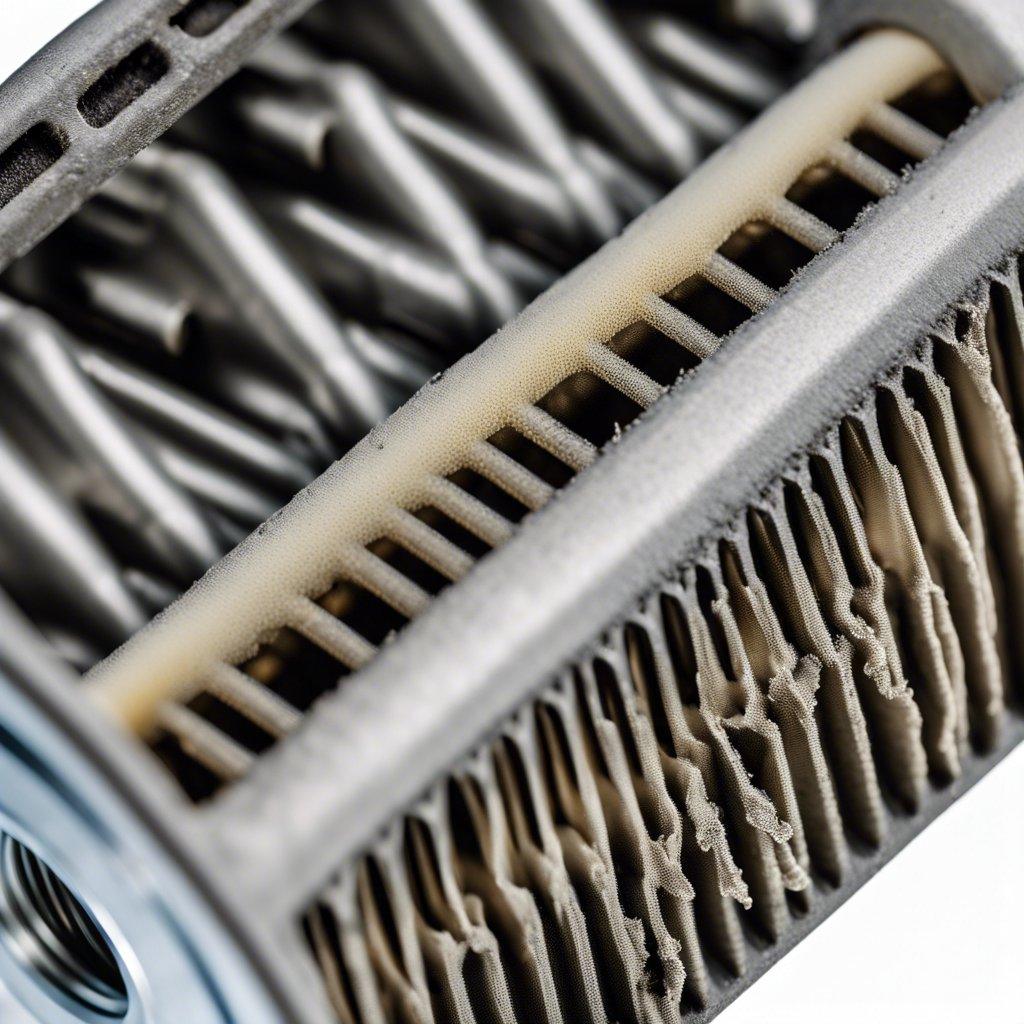
As an engineering or technology professional, maintaining the health of your vehicle’s fuel system is crucial for optimal performance and efficiency. One critical component that deserves your attention is the fuel filter, responsible for removing contaminants and ensuring a clean fuel supply. In this comprehensive guide, we’ll explore the telltale signs of a fuel filter in need of replacement, empowering you to make informed decisions and keep your vehicle running at its best.
Visual Inspection: Spotting the Signs of Wear
The first step in assessing the health of your fuel filter is a thorough visual inspection. Begin by locating the filter, typically situated along the fuel line, and examine it closely for any visible signs of wear or damage. Look for the following indicators:
- Discoloration: A fuel filter that has become discolored, typically turning a darker shade, may indicate a buildup of contaminants and the need for replacement.
- Cracks or Leaks: Inspect the filter housing and connections for any cracks or signs of leakage, as these issues can compromise the filter’s effectiveness and lead to fuel system problems.
- Restriction or Blockage: If the filter appears to be significantly restricted or blocked, it may be a sign that the filter media has become clogged, reducing fuel flow and potentially causing performance issues.
Pressure Testing: Evaluating Filter Resistance
In addition to visual inspection, performing a fuel pressure test can provide valuable insights into the condition of your fuel filter. By measuring the pressure drop across the filter, you can determine if the filter is restricting fuel flow, which may indicate the need for replacement. Follow these steps to conduct a pressure test:
| Step | Action |
|---|---|
| 1 | Locate the fuel pressure test port, typically near the fuel filter or fuel pump. |
| 2 | Connect a fuel pressure gauge to the test port. |
| 3 | Start the engine and observe the pressure reading. |
| 4 | Compare the reading to the manufacturer’s recommended fuel pressure range. If the pressure is significantly lower than the specified range, it may indicate a clogged or restricted fuel filter. |
Replacement Considerations
If your visual inspection and pressure testing have revealed signs of fuel filter wear and tear, it’s time to consider replacement. When replacing the fuel filter, be sure to use a high-quality, OEM-approved part to ensure proper fit and performance. Additionally, consider the following factors:
- Maintenance Schedule: Refer to your vehicle’s maintenance schedule to determine the recommended replacement interval for the fuel filter, and replace it accordingly.
- Fuel System Condition: If you’ve experienced ongoing fuel system issues, such as poor fuel economy or engine performance, replacing the fuel filter may be a prudent step in addressing the underlying problem.
- Fuel Quality: In areas with poor fuel quality or high levels of contaminants, you may need to replace the fuel filter more frequently to maintain optimal system performance.
By regularly inspecting and maintaining your vehicle’s fuel filter, you can ensure the smooth and efficient operation of your fuel system, ultimately contributing to the overall performance and longevity of your vehicle. Stay vigilant, and trust your instincts when it comes to identifying the signs of fuel filter wear and tear.
Diagnostic Techniques: Uncovering Fuel Filter Efficiency
Maintaining the health of your vehicle’s fuel filter is crucial for optimal engine performance and fuel efficiency. As an engineering or technology professional, understanding the diagnostic techniques to assess fuel filter efficiency is essential. In this comprehensive guide, we will explore the key steps to uncover the true state of your fuel filter and ensure it is functioning at its best.
Visual Inspection
The first step in diagnosing fuel filter health is a thorough visual inspection. Examine the filter for any signs of damage, such as cracks, holes, or deformities. Look for any discoloration or signs of contamination, which may indicate the filter is no longer effectively removing impurities from the fuel.
Pressure Drop Test
One of the most reliable methods to assess fuel filter efficiency is the pressure drop test. This involves measuring the pressure difference across the fuel filter, both before and after the filter. A significant pressure drop, as indicated by the manufacturer’s specifications, suggests the filter is becoming clogged and restricting fuel flow.
Flow Rate Measurement
Another diagnostic technique is to measure the fuel flow rate before and after the filter. This can be done by disconnecting the fuel line and directing the flow into a calibrated container, then timing the amount of fuel collected. A reduced flow rate after the filter indicates the filter is becoming obstructed and restricting fuel delivery to the engine.
Fuel Contamination Analysis
In some cases, the fuel itself may be the source of the problem. Analyzing the fuel for contaminants, such as water, dirt, or other impurities, can help determine if the fuel filter is performing its intended function of removing these harmful substances.
Replacement Interval
Fuel filters typically have a recommended replacement interval specified by the vehicle manufacturer. Adhering to this schedule is crucial, as neglecting filter replacement can lead to increased wear on fuel system components and reduced engine performance. Be sure to replace the fuel filter at the recommended mileage or time interval to maintain optimal fuel system health.
By employing these diagnostic techniques, you can effectively assess the efficiency of your vehicle’s fuel filter and ensure it is performing at its best. Regular maintenance and proactive replacement of the fuel filter are essential for maintaining the longevity and performance of your engine. Implement these strategies to keep your fuel system in top condition and optimize your vehicle’s operation.
Meta Keywords: fuel filter, diagnostic techniques, pressure drop test, flow rate measurement, fuel contamination analysis, replacement interval, engine performance, fuel efficiency
Fuel Filter Performance Evaluation: Ensuring Optimal Engine Operation
Maintaining the health of your vehicle’s fuel filter is crucial for ensuring optimal engine performance and longevity. A properly functioning fuel filter plays a vital role in removing contaminants and impurities from the fuel, protecting critical engine components from damage. In this comprehensive guide, we will explore the key steps in evaluating fuel filter performance, enabling you to maintain your engine’s efficiency and reliability.
Assessing Fuel Filter Condition
Visual Inspection: Examine the fuel filter for any visible signs of damage, such as cracks, leaks, or discoloration. These physical indicators can provide valuable clues about the filter’s condition and the potential need for replacement.
Pressure Drop Test: Measure the pressure drop across the fuel filter to determine its flow restriction. A significant pressure drop may indicate a clogged or restricted filter, which can impede fuel flow and negatively impact engine performance.
Contamination Analysis: Inspect the fuel filter for any accumulated contaminants, such as dirt, debris, or water. The presence of these impurities can signify issues with the fuel system or the need for more frequent filter replacements.
Maintaining Optimal Fuel Filter Performance
Replacement Interval: Follow the manufacturer’s recommended replacement schedule for your fuel filter. Adhering to these guidelines ensures that the filter continues to effectively remove contaminants and maintain optimal fuel flow to the engine.
Fuel System Cleanliness: Regularly inspect and maintain the entire fuel system, including the fuel tank, lines, and other components. Keeping the fuel system clean can extend the life of the fuel filter and prevent premature clogging or failure.
Quality Fuel Filtration: Use high-quality replacement fuel filters that meet or exceed the manufacturer’s specifications. Inferior filters may not provide the necessary level of filtration, leading to increased wear and tear on engine components.
Fuel Filter Replacement Procedure
When it’s time to replace the fuel filter, follow the manufacturer’s instructions carefully. This typically involves the following steps:
- Locate the fuel filter, which is often situated in the fuel line or near the fuel pump.
- Disconnect the fuel lines from the filter and drain any remaining fuel.
- Remove the old filter and install the new one, ensuring a tight and secure connection.
- Reconnect the fuel lines and check for any leaks.
- Start the engine and inspect for proper fuel flow and pressure.
Fuel Filter Performance Monitoring
Regularly monitor your vehicle’s fuel filter performance to identify any issues early on. Signs of a problem may include:
- Reduced engine power or acceleration
- Increased fuel consumption
- Difficulty starting the engine
- Rough idling or engine stalling
If you notice any of these symptoms, it’s crucial to have your fuel filter inspected and replaced if necessary to maintain optimal engine operation.
Proper fuel filter evaluation and maintenance are essential for ensuring the long-term health and performance of your vehicle’s engine. By following the steps outlined in this guide, you can effectively assess the condition of your fuel filter, implement preventive measures, and keep your engine running at its best. Remember, a well-maintained fuel filter is a key component in maintaining the overall efficiency and reliability of your vehicle’s powertrain.
Proactive Fuel Filter Maintenance: Safeguarding Your Vehicle’s Health
Understanding the Importance of Fuel Filter Maintenance
The fuel filter is a critical component in any vehicle, responsible for removing impurities and contaminants from the fuel before it reaches the engine. A well-functioning fuel filter ensures efficient combustion, prolonged engine life, and optimal performance. Neglecting fuel filter maintenance can lead to a host of issues, including decreased fuel economy, reduced engine power, and even complete engine failure.
Identifying Signs of a Clogged or Failing Fuel Filter
Recognizing the early warning signs of a clogged or failing fuel filter is crucial for proactive maintenance. Some common indicators include:
- Decreased Fuel Efficiency: If your vehicle’s fuel economy has suddenly dropped, it could be a sign of a fuel filter issue.
- Difficulty Starting the Engine: A clogged filter can restrict fuel flow, making it harder for the engine to start, especially in cold weather.
- Hesitation or Stalling: When the engine struggles to maintain consistent power or stalls, a fuel filter problem may be the culprit.
Proactive Fuel Filter Replacement: A Preventative Approach
To ensure the longevity and optimal performance of your vehicle, it is recommended to replace the fuel filter at the intervals specified by the manufacturer. This proactive approach can help prevent costly repairs and ensure your vehicle runs smoothly. Additionally, consider replacing the fuel filter if you notice any of the aforementioned warning signs, even if the recommended replacement interval has not yet been reached.
Proper Fuel Filter Replacement Procedure
| Step | Description |
|---|---|
| 1. Locate the Fuel Filter | Consult your vehicle’s service manual to identify the location of the fuel filter, which is often situated along the fuel line. |
| 2. Depressurize the Fuel System | Relieve the fuel system pressure before attempting to remove the filter to prevent fuel leaks and potential hazards. |
| 3. Remove the Old Filter | Carefully disconnect the fuel lines and unscrew or pry out the old fuel filter, ensuring to properly dispose of it. |
| 4. Install the New Filter | Align the new fuel filter and reconnect the fuel lines, ensuring a secure and leak-free installation. |
| 5. Restart the Engine | Turn on the ignition and start the engine, checking for any leaks or issues before completing the maintenance procedure. |
Conclusion: Prioritizing Fuel Filter Maintenance
Proactive fuel filter maintenance is a crucial aspect of vehicle care, ensuring your engine operates at peak efficiency and prolonging the life of your vehicle. By recognizing the signs of a clogged or failing fuel filter and following the proper replacement procedure, you can safeguard your vehicle’s health and enjoy a smoother, more reliable driving experience.
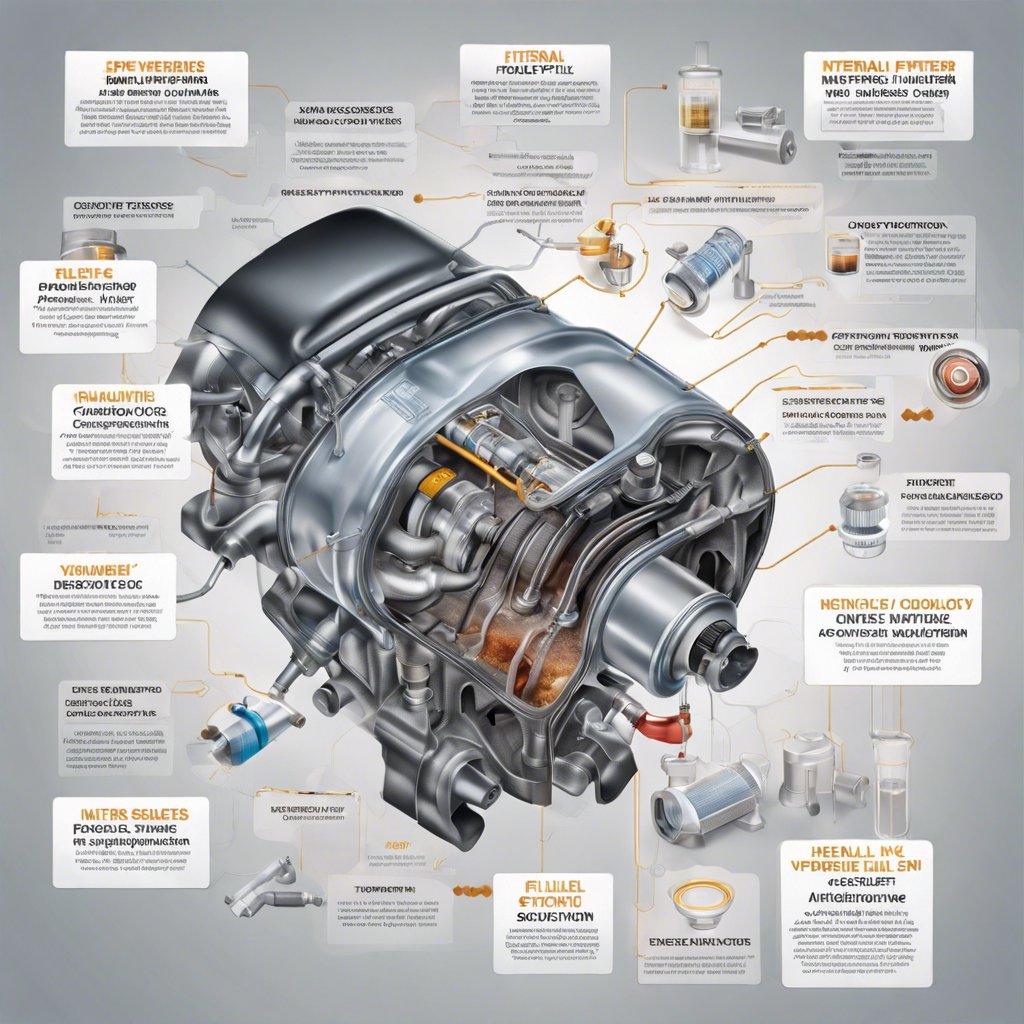
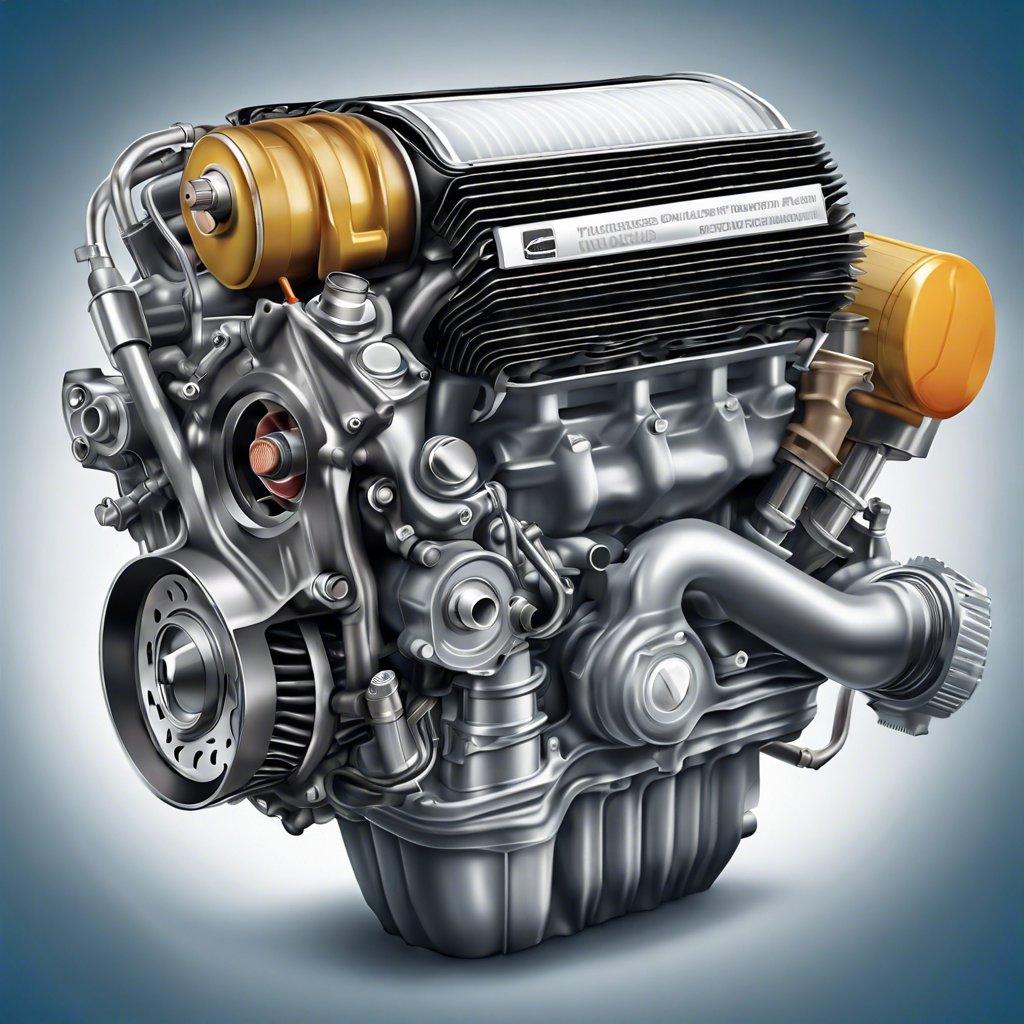
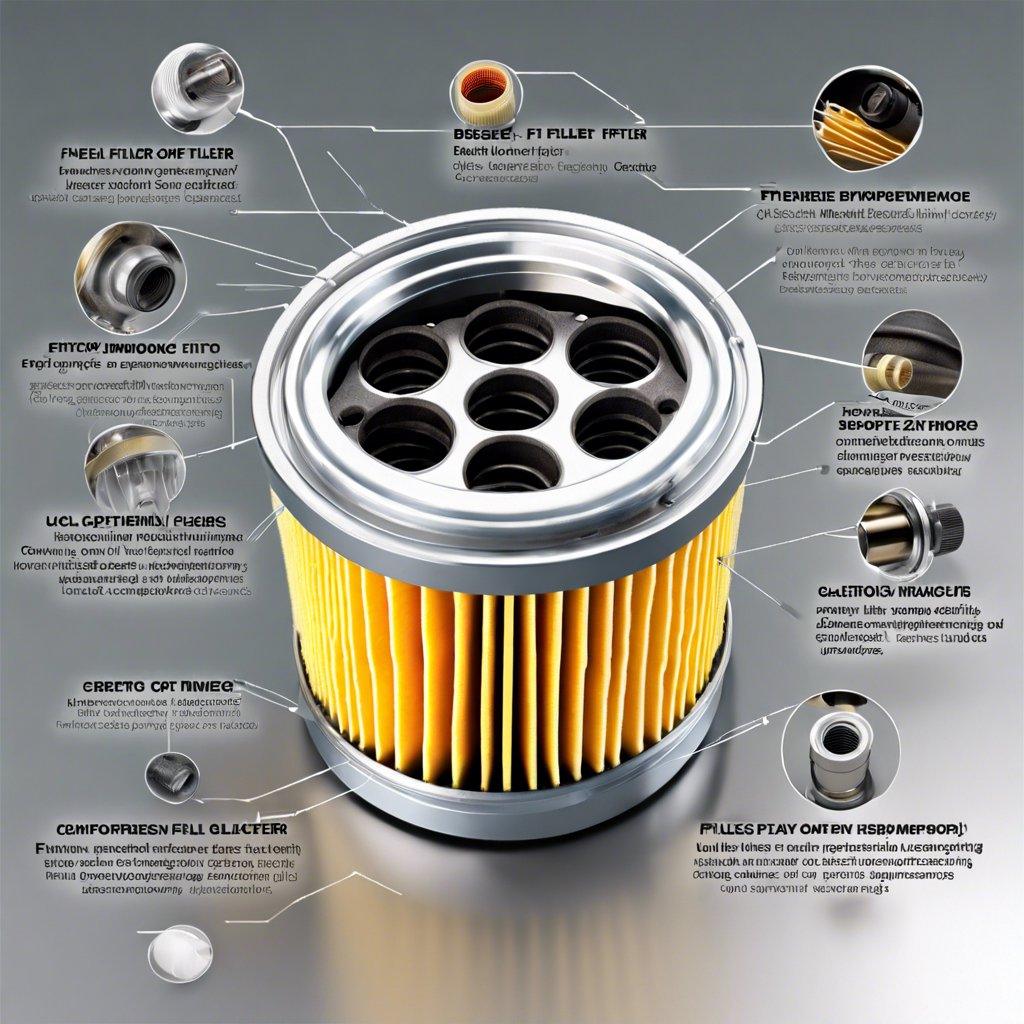
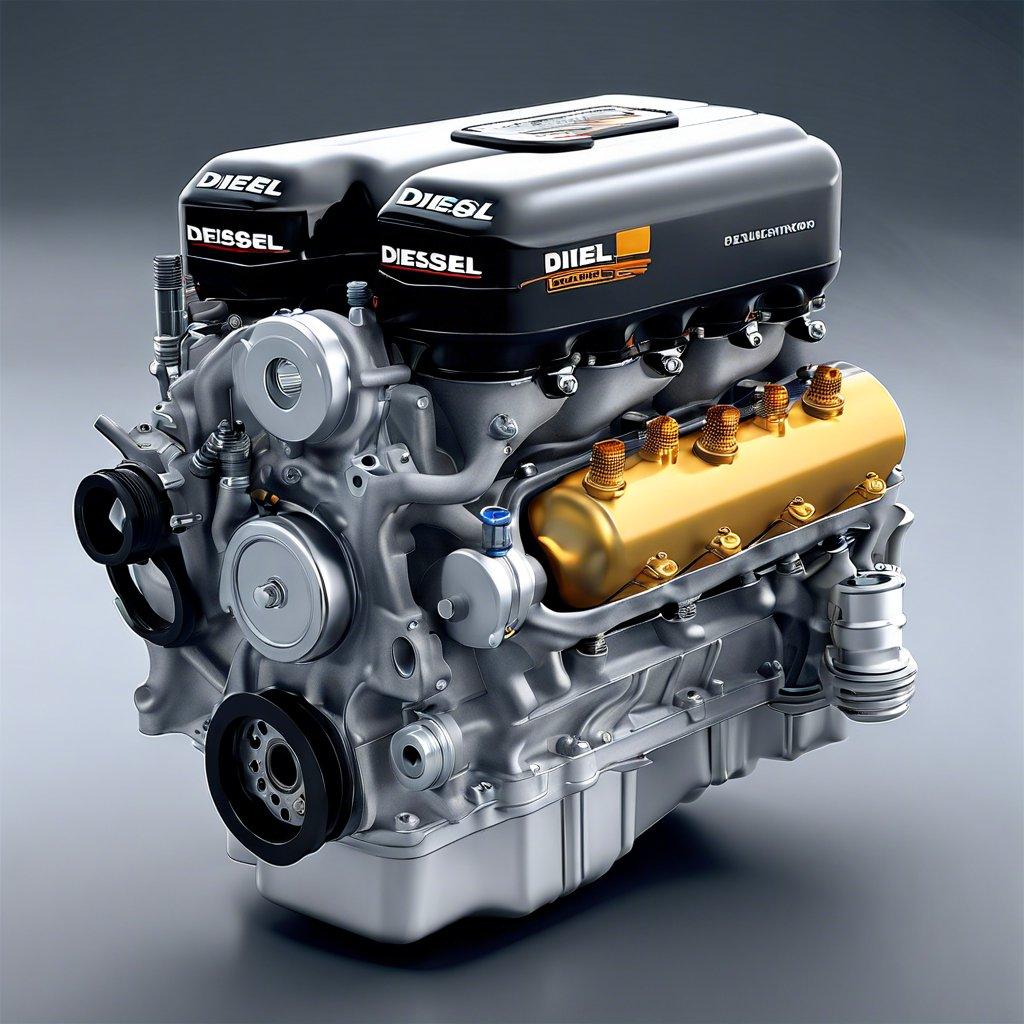
Post Comment